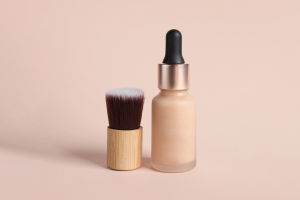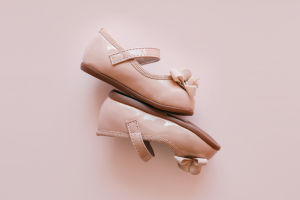Lipstick: Beauty Empowered
Lipstick, as a widely used cosmetic product, has become an essential part of many people's daily beauty routines.
It not only enhances the appearance of the lips but also adds to one's charm and confidence.
Lipstick has a long history, and its form and function have undergone significant changes from ancient Egypt to modern society. Today, we will explore the history, ingredients, types, and more of lipstick.
History
The use of lipstick dates back to 3500 B.C., when ancient Egyptians began applying natural pigments to their lips. Early lipsticks were made from a mixture of minerals, plant extracts, and animal fats.
Over time, as history progressed, the manufacturing process of lipstick became more refined. In the late 19th century, with the development of modern chemical technology, lipsticks began to use more complex and safer ingredients, gradually becoming more accessible to the public.
Ingredients
The main ingredients of lipstick include oils, waxes, pigments, and fragrances. Each ingredient plays a crucial role in lipstick's composition.
1. Oils: Oils are the foundation of lipstick, mainly derived from plant oils and mineral oils such as shea butter and mineral oil. They provide a smooth texture and help the lipstick glide on the lips, preventing dryness.
2. Waxes: Waxes are stabilizing ingredients in lipstick, commonly beeswax, carnauba wax, and microcrystalline wax. They not only give lipstick its solid structure but also help it maintain its shape and resist melting or softening.
3. Pigments: The color of lipstick comes primarily from synthetic pigments and natural mineral pigments. Safe lipstick pigments are strictly controlled to ensure they are harmless to the skin and health.
4. Fragrances: Many lipsticks contain fragrances to enhance the user experience. While most lipsticks have a mild scent, some brands add unique fragrances to heighten the sensory experience for the consumer.
Types
Lipsticks come in various types, mainly classified by texture and effect. Different types of lipstick suit different occasions and needs.
1. Matte Lipstick: Matte lipstick contains no glitter particles and provides a matte finish that looks clean and crisp. This type of lipstick is suitable for formal occasions and presents a mature and composed image. Although matte lipsticks have a strong staying power, they may make lips appear dry and cracked if the lips are not properly moisturized beforehand.
2. Glossy Lipstick: This type of lipstick typically contains more moisturizing ingredients, creating a glossy effect on the lips, making them appear softer and fuller. Glossy lipstick is ideal for everyday use, especially in the spring and summer, adding vitality to the lips.
3. Liquid Lipstick: Liquid lipstick is popular for its high pigmentation and long-lasting effect. Its texture lies between lip gloss and traditional lipstick. It applies smoothly, dries quickly, and forms a long-lasting finish. Liquid lipsticks are lightweight and suitable for different occasions in daily makeup.
4. Lip Balm Lipstick: This type of lipstick is mainly focused on hydration, containing more moisturizing ingredients like vitamin E and honey, providing long-lasting moisture. It is suitable for cracked lips or situations where extra hydration is needed.
Lipstick is not only an essential item in makeup but also a symbol of personal charm. By understanding the history, ingredients, and types of lipstick, we can better choose the right lipstick for ourselves and make it a tool for confident self-expression.


